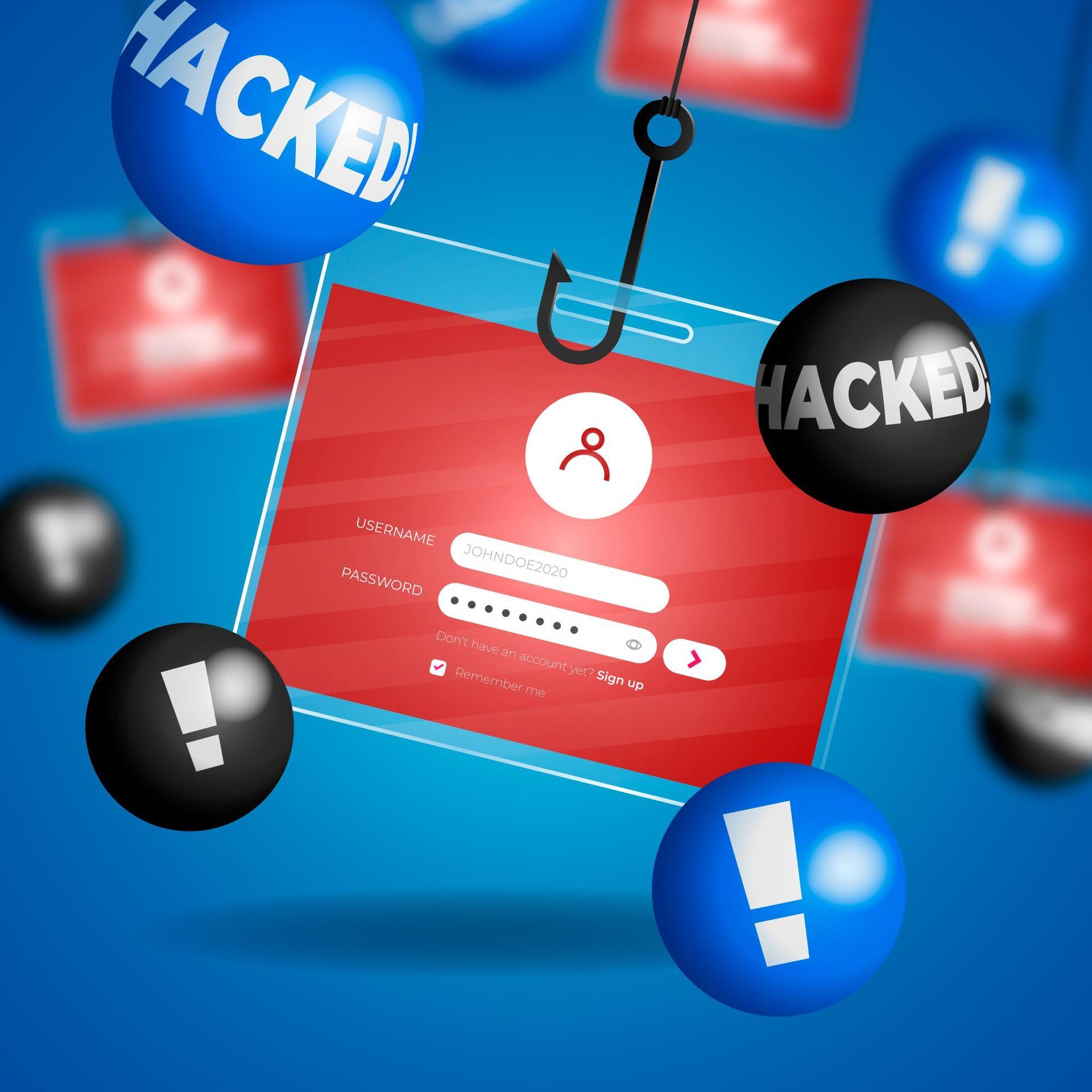Recognising that your employees serve as the frontline guardians of your cybersecurity, it is essential to empower them with the knowledge and skills necessary to defend against potential threats.
A proactive approach involves implementing effective training programs, and one valuable tool in this arsenal is a phishing simulation service.
You Have at Least One Employee who Could Get You Hacked
Your employees may already have gone through awareness training programmes, to recognise phishing emails, spear-phishing and other types of social engineering attacks.
Even so, many employees fail to recognise scams and will continue to click on malicious links or attachments.
That's why phishing tests are effective. More than just another security awareness training, a phishing test simulation is an effective training solution, to keep your employees vigilant against phishing attacks long-term.
A phishing simulation is the best way to reinforce what was learned in a security awareness training programme. With an attack simulation, employees can crystalise their learnings in a seemingly real-world, real-time setting - making them more vigilant against any true scams in the future.
Turn uninformed users into a strong line of defence against cybercriminals.
Contact our team for an effective, long-lasting solution against phishing threats.
Common FAQs on
Phishing Test Simulation
Why is phishing simulation important?
A simulated phishing attack is the most effective way to instil user security awareness among your employees.
While you can teach your staff how to identify and avoid phishing attacks, it can be difficult for employees to remember and correctly apply these learnings.
Though their training may have covered not clicking on unknown links, it doesn't always translate into practice.
By making their learnings real, a simulated phishing training uses common phishing templates to crystallise the training material and provide long-term awareness of how your employees can protect themselves from phishing, malware, ransomware and spyware attacks.
How effective are phishing tests?
While training is an important first step against phishing campaigns, making sure that the lessons stick can make all the difference in whether or not an employee clicks on a malicious link or attachment.
Realistic, simulated phishing tests have been shown to raise employee awareness retention rates by a large margin.
Engaging your employees in your security initiatives is one of the strongest ways to bolster your data protection - without increasing the complexity of your cyber security.
In terms of returns to the business, if the simulation helps to prevent a malicious attack that would have compromised your private and confidential data, that can mean massive ROI.
What are the types of phishing?
There are 4 types of phishing:
Phishing: The basic form of phishing is an email, text, letter or other form of message sent to random users, with a malicious link or attachment.
Spear Phishing: This is a more targeted form of phishing, where a specific person is targeted. These messages seem more legitimate because they contain details such as the person's name, email address, job title or other personalised information.
Whaling: Continuing the fishing metaphor, whaling is spear phishing of senior executives.
Angling: This newer form of phishing attacks occurs through social media, as well as more sophisticated media such as fake websites.
How can you protect yourself from phishing?
The bases to cover to protect from phishing include:
Understand your risks: Conduct a baseline simulated phishing test to assess the maturity of your employees in detecting phishing.
Training: Train your employees to make sure they understand how to maintain business cyber security, whether they work from their home or office.
Conduct regular simulation tests: At regular intervals, test your employees to reinforce the training and continue the learning process. You are trying to train a mindset and create new habits. It takes a while to set that in motion.
Measure results: Track how your organisation responds to both training and phishing. Reinforce additional measures where required.




